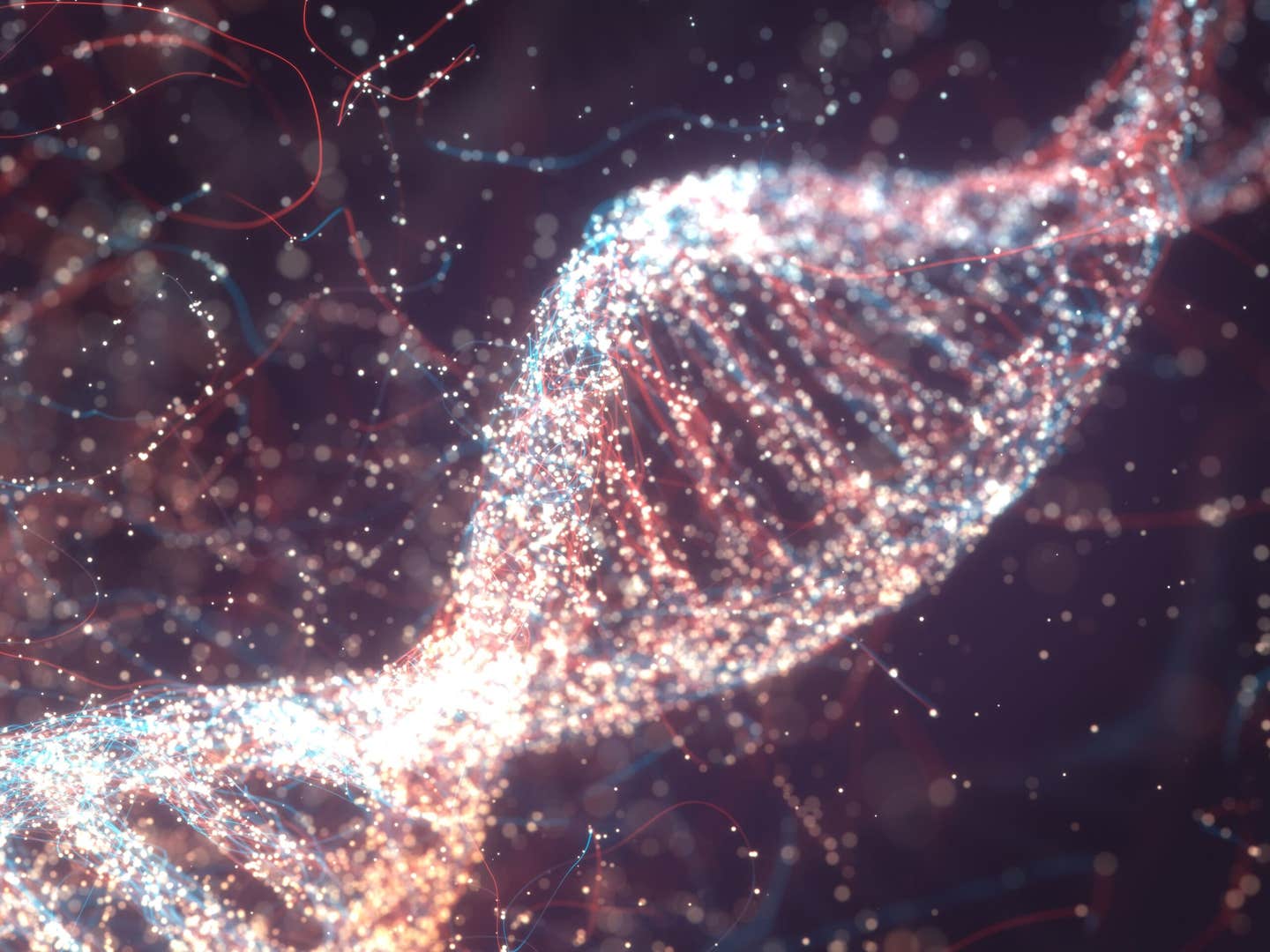Epilepsy drug also prevents brain tumor formation and growth, study finds
NF1, a genetic disorder, prompts the growth of tumors along nerves across the body, including the optic nerves

A medication utilized in managing epilepsy in children has demonstrated potential in halting the development of brain tumors linked with neurofibromatosis type 1 (NF1) in mouse models, as per a study conducted by researchers at Washington University School of Medicine in St. Louis.
NF1, a genetic disorder, prompts the growth of tumors along nerves across the body, including the optic nerves that link the eyes to the brain.
The outcomes of the research establish a foundation for a clinical trial aimed at evaluating whether the drug, lamotrigine, could forestall or delay brain tumors in children diagnosed with NF1. The study has been published online in the journal Neuro-Oncology.
"Based on these data, the Neurofibromatosis Clinical Trials Consortium is considering launching a first-of-its-kind prevention trial," stated senior author David H. Gutmann, MD, PhD, the Donald O. Schnuck Family Professor of Neurology and the director of Washington University's Neurofibromatosis Center.
Formed by the U.S. Department of Defense in 2006, the clinical trials consortium comprises an international network of NF researchers committed to discovering therapies for all forms of neurofibromatosis.
"The plan is to enroll kids without symptoms, treat them for a limited time, and then see whether the number of children who develop tumors that require treatment goes down.
Related Stories
"This is a novel idea, so we took it to an NF1 patient focus group," Gutmann continued. "They said, 'This is exactly what we're looking for.' A short-term treatment with a drug that has been used safely for 30 years was acceptable to them if it reduced the chance their children would develop tumors and need chemotherapy that might have all kinds of side effects."
The most severe tumors associated with NF1 affect the optic nerve, known as optic gliomas, and typically manifest between ages 3 to 7. Though seldom fatal, they cause vision impairment in up to a third of patients, along with other symptoms such as early puberty.
Conventional chemotherapy for optic gliomas exhibits moderate effectiveness in preventing further vision loss but can negatively impact the developing brains of children, leading to cognitive and behavioral issues.
In an earlier study, Gutmann and Corina Anastasaki, PhD, an assistant professor of neurology and the first author on the new paper, revealed that lamotrigine halted the growth of optic gliomas in NF1 mice by suppressing neuronal hyperactivity.
The Neurofibromatosis Clinical Trial Consortium found their findings intriguing but requested further evidence before considering a clinical trial. Consortium members urged Gutmann and Anastasaki to elucidate the link between Nf1 mutation, neuronal excitability, and optic gliomas; ascertain the effectiveness of lamotrigine at doses already deemed safe in children with epilepsy; and conduct these studies in more than one strain of NF1 mice.
NF1 manifests as a highly variable disease in humans, caused by thousands of different mutations in the NF1 gene, with each mutation potentially associated with distinct medical issues. Conducting experiments in multiple strains of mice aimed to assess whether lamotrigine could be efficacious in individuals irrespective of the underlying mutation.
Anastasaki and Gutmann demonstrated not only the effectiveness of lamotrigine in two strains of NF1 mice but also its efficacy at lower doses than those utilized for epilepsy, suggesting its probable safety. Furthermore, they observed that a brief course of the drug yielded enduring effects, both as a preventive measure and as a treatment.
Mice with tumors treated for four weeks starting at 12 weeks of age experienced halted tumor growth and exhibited no further damage to the retinas of their eyes. Mice receiving a four-week course of the drug starting at 4 weeks of age, before tumor emergence, displayed no tumor growth even four months post-treatment cessation.
These findings prompted Gutmann to propose that a one-year treatment regimen for young children diagnosed with NF1, perhaps between the ages of 2 to 4, might suffice to reduce their brain tumor risk.
"The idea that we might be able to change the prognosis for these kids by intervening within a short time window is so exciting," Gutmann remarked. "If we could just get them past the age when these tumors typically form, past age 7, they may never need treatment. I'd love it if I never again had to discuss chemotherapy for kids who aren't even in first grade yet."
For more science news stories check out our New Discoveries section at The Brighter Side of News.
Note: Materials provided above by The Brighter Side of News. Content may be edited for style and length.
Like these kind of feel good stories? Get the Brighter Side of News' newsletter.
Joshua Shavit
Science & Technology Writer | AI and Robotics Reporter
Joshua Shavit is a Los Angeles-based science and technology writer with a passion for exploring the breakthroughs shaping the future. As a contributor to The Brighter Side of News, he focuses on positive and transformative advancements in AI, technology, physics, engineering, robotics and space science. Joshua is currently working towards a Bachelor of Science in Business Administration at the University of California, Berkeley. He combines his academic background with a talent for storytelling, making complex scientific discoveries engaging and accessible. His work highlights the innovators behind the ideas, bringing readers closer to the people driving progress.



